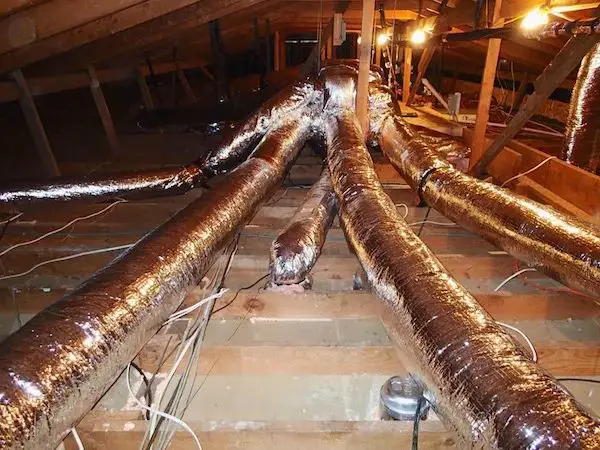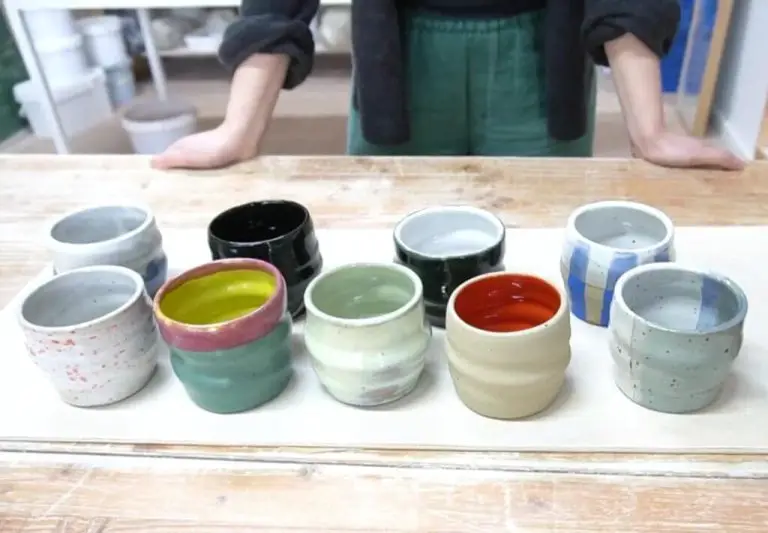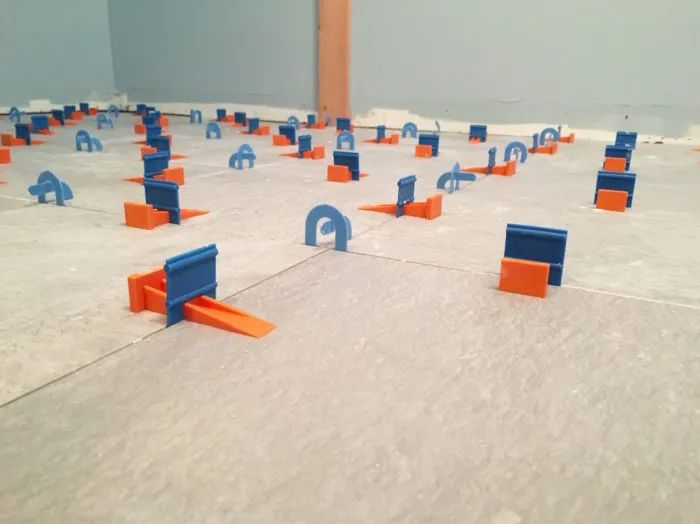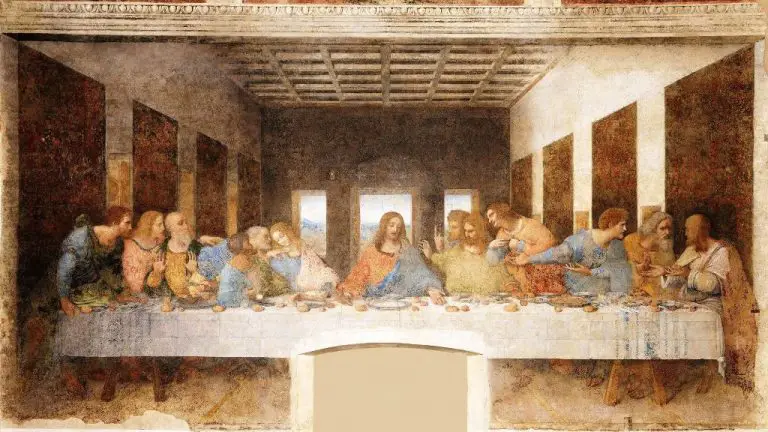What Color Backsplash Is Most Popular?
A backsplash is an interior design element typically installed on walls behind sinks, stoves, ranges, and other areas prone to moisture and stains. Backsplashes serve both functional and aesthetic purposes in kitchens, bathrooms, and other rooms.
Functionally, backsplashes protect walls from water damage, grease splatter, and other messes that can occur near countertops and appliances. The water-resistant materials used for backsplashes prevent moisture from seeping into drywall and causing stains, warping, mold growth, and other issues. Backsplashes also make cleaning much easier, as splatters and spills can simply be wiped off the smooth backsplash surface.
Visually, backsplashes provide an opportunity to add personality, color, and interest to what would otherwise likely be a blank wall space. Backsplash materials like tile or glass allow homeowners to showcase their design style. The colors, patterns, textures, and materials chosen make a strong decorative impact.
Most Popular Backsplash Materials
When it comes to selecting a material for your kitchen backsplash, there are many options to consider. According to Houzz, the most popular backsplash materials include:
Tile – Ceramic, porcelain, and glass tile are very common backsplash materials. Tile comes in a wide variety of colors, sizes, textures, and patterns. It is an affordable, durable, and easy to clean option. Glazed ceramic tile is the most popular type of backsplash tile.
Stone – Natural stone like marble, granite, slate, and travertine make for beautiful backsplashes. Stone has a timeless, elegant look. But it can be more expensive and requires sealing.
Glass – Glass tile and glass sheets come in shiny, mirrored, or colored varieties. Glass backsplashes have a modern, sleek look. However, they require careful cleaning.
Metal – Metal backsplashes like stainless steel, copper, brass, and aluminum have an industrial chic aesthetic. Metal is very durable but can dent and needs to be cleaned gently.
Mosaic – Mosaic tiles involve small tiles arranged in a pattern. They allow creativity and blend colors beautifully. But grout lines need regular cleaning.
Quartz – Engineered quartz is an increasingly popular backsplash option. It’s durable, low maintenance, and available in many colors and patterns.
Wood – Real or faux wood panels offer a warm, natural look. But moisture can damage real wood over time.
Most Popular Backsplash Colors
When it comes to popular backsplash colors in 2022, white remains a top choice. White backsplashes are classic, timeless, and go with almost any kitchen decor. They help make small kitchens feel more open and airy. From subway tiles to hexagons, white backsplashes offer endless style options (Backsplash.com, 2022).
Gray is another prevalent backsplash color lately. It provides a soothing, neutral palette that pairs nicely with white, black, or wood cabinetry. Grays range from light silvery hues to deeper charcoals, offering flexibility. They give a kitchen an updated, contemporary look (Drury Designs, 2022).
Blues are surging in popularity for backsplashes too. From soft powder blues to dramatic navy shades, blue backsplashes add welcome pops of color. Interesting blue backsplash patterns like Moroccan tiles or geometric mosaics are trending. Blue hues complement many color schemes from traditional to modern (Backsplash.com, 2022).
White Backsplashes
White backsplashes have become extremely popular in recent years. There are several pros and cons to consider when using a white backsplash:
Pros:
- White reflects light, making the kitchen appear brighter and more spacious (https://www.arizonatile.com/color-trends-pros-and-cons-of-a-white-kitchen/).
- White backsplashes create a clean, crisp look that works with almost any cabinetry or countertop material.
- White is a neutral color that provides a blank canvas to layer other colors and materials.
- White backsplashes match with a variety of styles from traditional to modern.
Cons:
- White shows dirt, spills and grease easily, requiring frequent cleaning (https://www.sooperarticles.com/home-improvement-articles/kitchen-improvements-articles/pros-cons-using-white-kitchen-backsplash-1836256.html).
- All-white backsplashes can look sterile or clinical if not balanced with other materials.
- White grout needs to be sealed regularly to prevent staining.
- White backsplash tiles show imperfections in the wall surface underneath.
Overall, the bright clean look of white backsplashes makes them a go-to choice for many homeowners. Just be prepared to keep them looking pristine with regular cleaning and maintenance.
Gray Backsplashes
Gray backsplashes are a popular choice for modern, transitional, and contemporary kitchen designs. Here are some of the pros and cons of using a gray backsplash:
Pros:
- Versatile – Gray works well with a variety of cabinetry, countertop, and wall colors. It pairs nicely with white, black, blue, green, wood tones, and more.
- Timeless – Gray is a neutral shade that is unlikely to feel dated or trendy in the near future.
- Practical – Gray hides dirt, crumbs, and splatters better than white. It is also easy to keep clean.
- Sleek – Gray has a sophisticated, modern look that creates a streamlined aesthetic.
Cons:
- Cool tone – Gray can make a space feel cold if not balanced with warm woods, metals, or lighting.
- Limiting – An all-gray kitchen may not feel as lively or energetic as one with pops of color.
- Dingy look – Improper lighting or a blue-gray hue can read as drab or dreary if not done well.
When selecting a gray backsplash, consider the undertones that will complement your overall design best. Warm grays pair well with woods while cool grays match stainless steel. Look for shade variations in grout or tile to add visual interest.
Blue Backsplashes
Blue backsplashes have become a trendy and popular choice for kitchens. According to Aquablu Mosaics, blue backsplashes provide some great benefits:
Pros:
- Blue backsplashes add a pop of color and vibrancy to the kitchen.
- Different shades of blue can create relaxing or energetic ambiance.
- Blue is versatile and pairs well with many cabinetry, countertop, and appliance colors.
- Patterned blue tiles create visual interest and texture.
- Blue is associated with water and can evoke feelings of calmness.
Cons:
- Strong blues may overwhelm a small kitchen space.
- Light blues can stain easily and require diligent cleaning.
- The cool tone of blue may clash with warm wood finishes and require careful coordination.
- Vibrant blues could potentially feel dated faster than more neutral backsplash colors.
Overall, blue backsplashes are an eye-catching yet versatile option. The shade and hue should be selected carefully based on the size of the kitchen and the desired aesthetic. When thoughtfully incorporated, a blue backsplash can be a stunning focal point.
Black Backsplashes
Black backsplashes can add a dramatic, stylish look to a kitchen. The dark color makes the space feel luxurious and upscale. Black pairs nicely with stainless steel appliances and white cabinetry for a sleek, modern aesthetic. It also works well with wood cabinets to create a cozy, rustic feel.
However, black backsplashes do have some downsides. The dark color shows dust, dirt, and fingerprints very easily. This means cleaning is required more frequently to keep it looking pristine (https://www.marylandtubntile.com/blog/dark-kitchen-backsplash/). Black backsplashes also don’t reflect much light, so the kitchen may feel darker unless ample lighting is installed. The dark color can also potentially make a small kitchen feel more closed in.
Overall, black backsplashes are a dramatic choice that requires more maintenance but can add stylish appeal. The sleek look pairs nicely with various cabinetry and appliances. But the dark color isn’t ideal for small, low light kitchens. Consider lighting and cleaning requirements before installing a black backsplash.
Green Backsplashes
Green backsplashes have become increasingly popular in recent years for adding a fresh, vibrant pop of color to kitchens. Some pros of choosing a green backsplash include:
- Goes well with natural materials like wood cabinets and quartz countertops
- Available in a wide range of shades like sage, lime, emerald
- Makes a bold statement and brings energy to the space
- Coordinates nicely with stainless steel appliances
Some potential cons to consider with a green backsplash are:
- Darker hues like forest green can make a small kitchen feel closed in
- Strong color may not appeal to buyers if you plan to sell
- Needs to be coordinated carefully with cabinetry and countertops
- May show stains more easily than traditional white subway tile
Overall, a green backsplash is a great way to add a punch of color and personality to your kitchen design. Just be sure to choose the right shade for your space and decor.
Factors to Consider
When choosing a backsplash color, there are several important factors to take into account:
Style – Consider the overall style and decor of your kitchen. A backsplash color should complement your cabinets, countertops, flooring, and other finishes. For contemporary spaces, bold colors like black or navy work well. For traditional kitchens, soft neutrals like white or beige tend to look best.
Budget – Certain backsplash materials like natural stone or glass tile can be more expensive. Prioritize your budget to get the look you want at a price you can afford. Less expensive subway tile or ceramic can provide an option for lower budgets.
Ease of Cleaning – Keep maintenance in mind when selecting a backsplash color. Lighter colors like white or off-white show less grime and are easiest to keep clean. Glossy or polished finishes also wipe clean more easily than matte.
Conclusion
When choosing a backsplash color for your kitchen, the most popular options tend to be white, gray, blue, and black. White backsplashes provide a clean, bright look that matches with many styles. Grays offer flexibility and complement stainless steel appliances nicely. Blues create a soothing, coastal vibe. And black backsplashes make a dramatic statement.
No matter which color you select, consider factors like the size of your space, how much natural light you get, the style you want to achieve, and what colors are used elsewhere in your kitchen. Lighter colors like white and gray tend to open up smaller kitchens, while dramatic hues like black work best in large, well-lit spaces. Ultimately the backsplash color you choose should coordinate with your cabinets, counters, flooring and other finishes to create a cohesive look.





